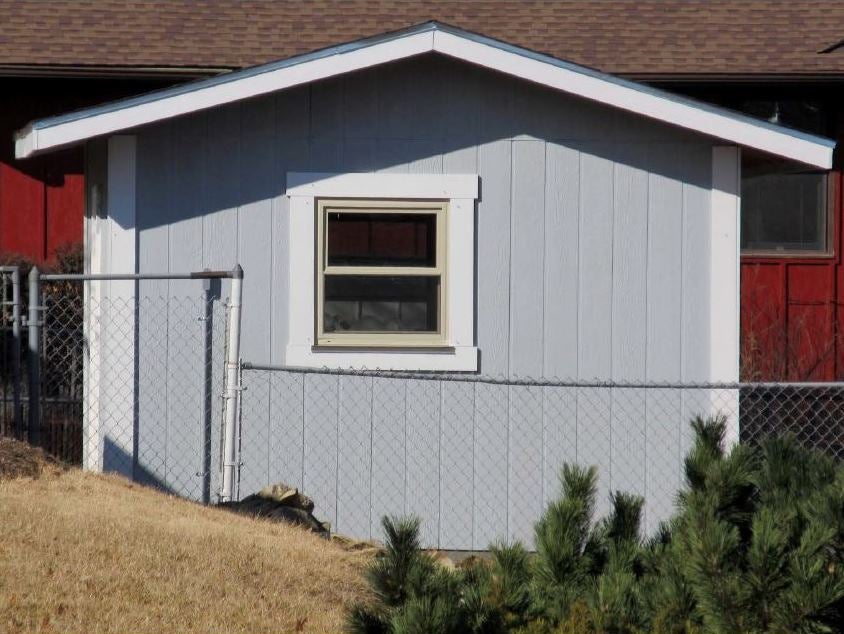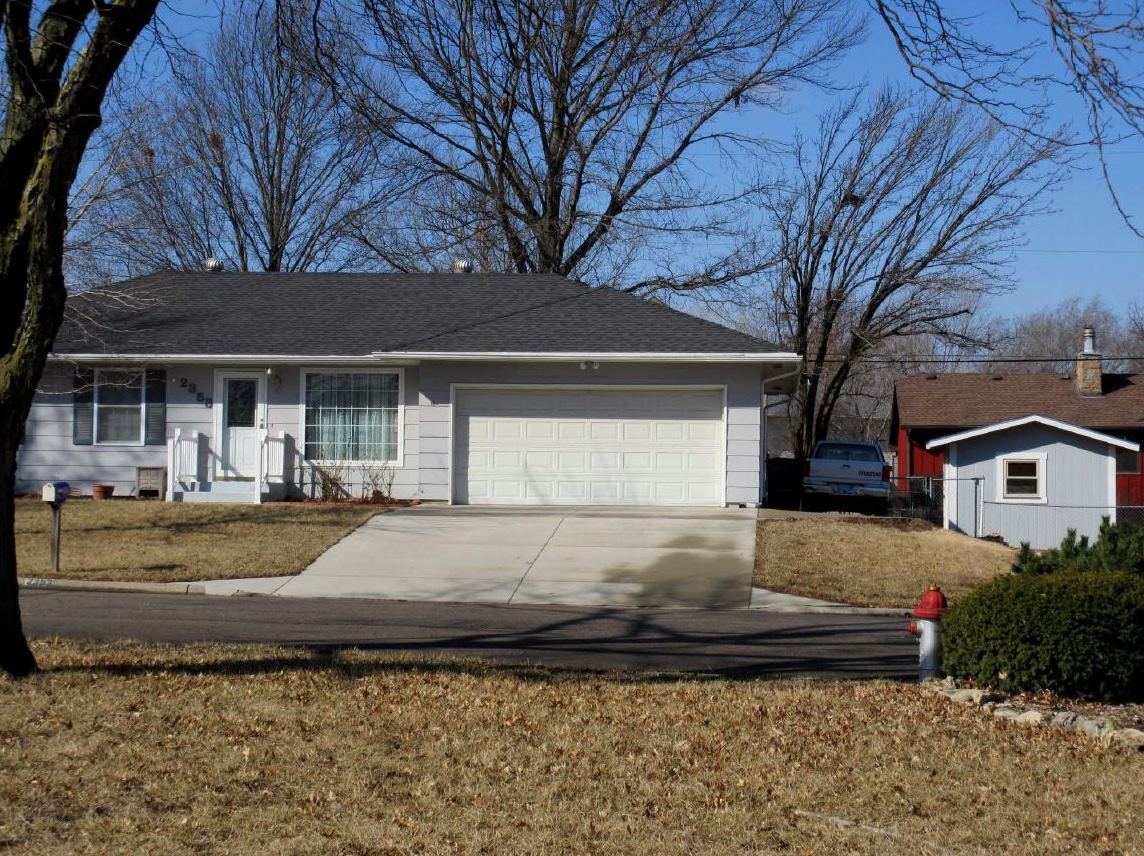By Chuck Chase, CFM
Let us assume the Base Flood Elevation (BFE) is up the bank on the left side of this picture. The floor of the shed pictured is well below BFE and the owner has been uncooperative in moving, raising, or venting it. You have gone and taken an exceptional picture with your cell phone to show how this shed sits well below the BFE. It is a superb picture that tells the whole story of this violation. Imagine your disappointment when the judge throws it out.
In the last newsletter, we explained different tools you can use to motivate property owners to comply without using ‘Big Stick’ enforcement tools. In this article, we will cover tools to document and prepare for the next steps to deal with violations after they’ve been noticed.
Some of these tools are actions that might be strictly reviewed, or at times challenged in the court by the landowner. Therefore, here are some recommendations you may wish to consider as you move forward.
The first issue with the situation above is that you used your own cell phone to take the picture. Although this will not cause a judge to throw the evidence out, it could give cause for the defense attorney to subpoena your phone as evidence and then be retained by the court reporter. Be careful which materials and equipment you use and how you use them. Use cameras from work. Make sure there is nothing on them that you would not want a judge to see. Keep everything professional.
Now let’s look at the picture itself. This is a picture of a grey shed by a red house all behind a 4-foot chain link fence. You know that it is the right shed, but how many grey sheds are there and how many red houses or chain link fences. This property could be in Scottsbluff or Dixon County. When the judge asks, “Is this your shed?”, the property owner says, “I own a grey shed but I cannot tell if that one is mine or not.” The judge agrees and your evidence possibly is thrown out.
Instead, begin with an establishing shot, as seen to the right. A good establishing shot will have landmarks in it that cannot be denied, such as a street sign, house number, trees, fire hydrant, etc. You can see that the establishing shot example is an undeniable photo of the owners property. The house number by the door, the trees, the mail box, the hydrant makes this house clearly the property in question. From there you can go to the excellent picture of the shed and no one will confuse it for a shed from the Fire Swamps of Gilder.
In our next article we will discuss specific actions you can take as your community’s floodplain administrator.
These actions may include filing liens on the subject property, restrictions on use, stop work orders, Section 1316 declarations, or even just withholding the occupancy permit. Some of these may take a court order and some you may be able to do on your own, but all are subject to legal review. Make sure you are documenting in a professional manner. Get your community’s attorney involved. Build the case before it becomes a case.
Although we are beginning to talk about legal action, we must keep in mind that the bottom line is compliance. It would be best to meet with the property owner before action is taken. If the property owner understands that you have a clear cut case and it is a waste of time and money to defy the community’s regulations, they may decide to comply and avoid an enforcement action. Remember that compliance and cooperation is still the ultimate goal.
Violators have to be given a reasonable opportunity to respond, take action, and/or correct the problem. Your community should send a minimum of two written notices (which include a reasonable response/action due date) before proceeding to more harsh actions such as fines or litigation. The violator should be made keenly aware of the specific sections of the community’s ordinance that have been violated and the desired action to be taken. Though the violator is afforded a reasonable attempt at correcting the violation and you may not be initiating an enforcement action yet, you are documenting and building your case if it subsequently becomes necessary.
Even if the action does not involve court action, make sure you have adequate documentation, you have remained professional in your actions, and you have been clear to the property owner about the violation and how to resolve it. Even if everything is done perfectly, a judge may still, in rare instances, rule against you. We tell our kids that life is not fair, and sometimes we need to hear that ourselves.
As always, feel free to call Katie Ringland on specific cases or for any questions.











